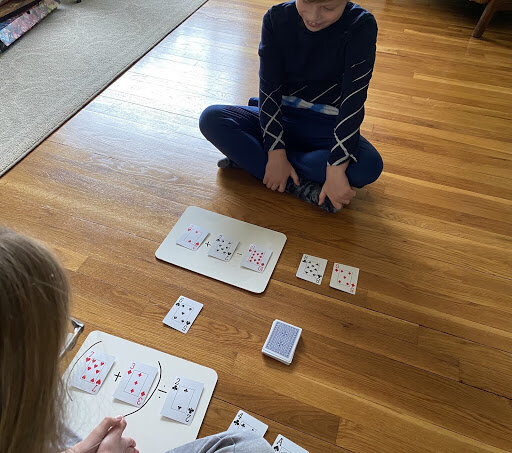Thoughts From Jacquie & Verona…
There’s no denying it, the independent and boarding school admissions process can be overwhelming: the to-do list looks endless, the multitude of components can be bewildering, and the number of hoops to jump through feels convoluted. But it’s important to point out that there’s intentionality behind every step along the way: each school is simply doing its due diligence to determine if your child will be successful in their community.
So let’s dive right in and take a look at this week’s installment: The Open House.
This Week’s Lowdown: The Open House
Last year, schools were forced to rethink Open House formats due to the pandemic, with many pivoting to virtual events out of necessity. This year, many have returned to in-person admissions events, but some continue to offer online options only, while some are offering a hybrid menu of virtual and in-person events. Be sure to check out each school’s website carefully to take full advantage of all the options available.
So let’s dissect the Open House to understand its purpose and what it looks like…
The overarching objective of these events is to give you the opportunity to meet teachers, students, and parents from the community so that you can ultimately determine if it’s a good fit for your child. Whether being held in-person or virtually, the Open House generally features:
Words of welcome from the Head of School
Informal opportunities to engage with teachers
Classroom visits
Parent and/or student panels
Campus tours
KQ Tips
As you will most likely be attending several open houses, we encourage you to take notes at each one to ensure you don’t forget important details along the way. It also goes without saying that if your child is old enough, have them attend the events with you and ask them to do the same so you can compare notes afterward. For example, as you listen to speakers, reflect on the substance of their words to determine:
Will my child be seen and known at this school?
Will my child thrive here?
Does this school provide value in terms of programming and extracurricular activities?
Does this school place emphasis on nurturing a love of learning and expanding moral character?
A final word from KQ …
Don’t forget that KQ is here to help you devise your personalized admissions plan, from identifying the school list through working on essays, preparing for interviews, and ultimately determining the best fit for your child. We’re always just a phone call or email away.
We can’t wait to hear from you!

















